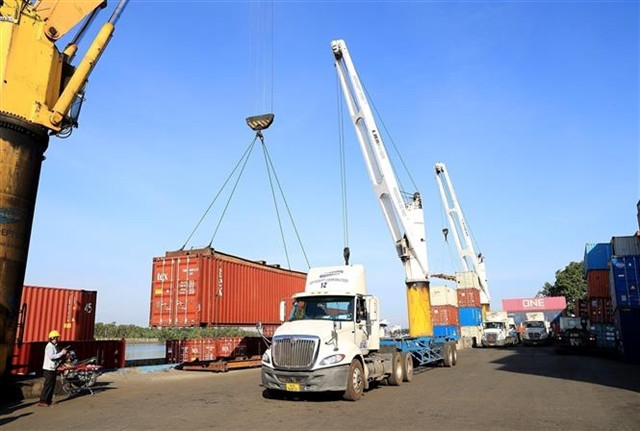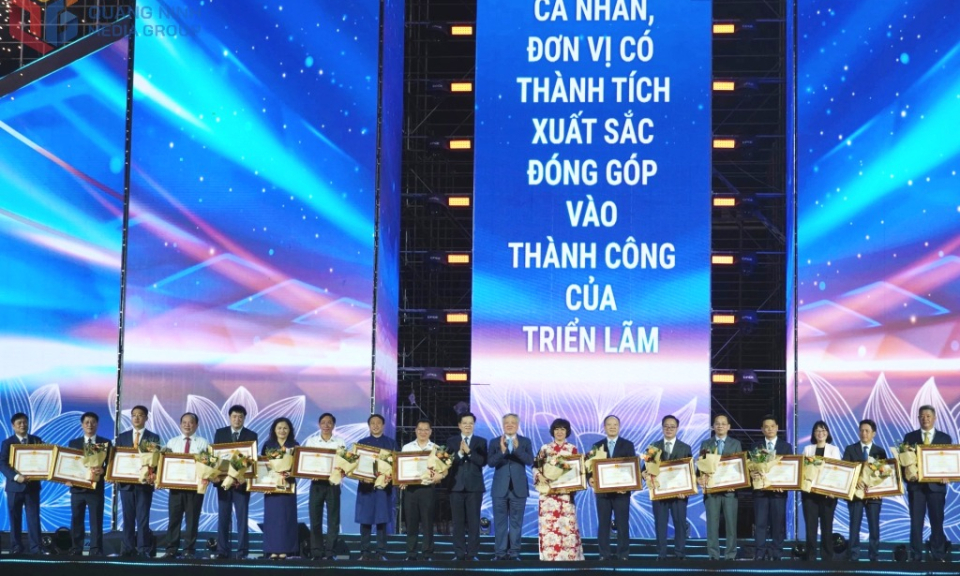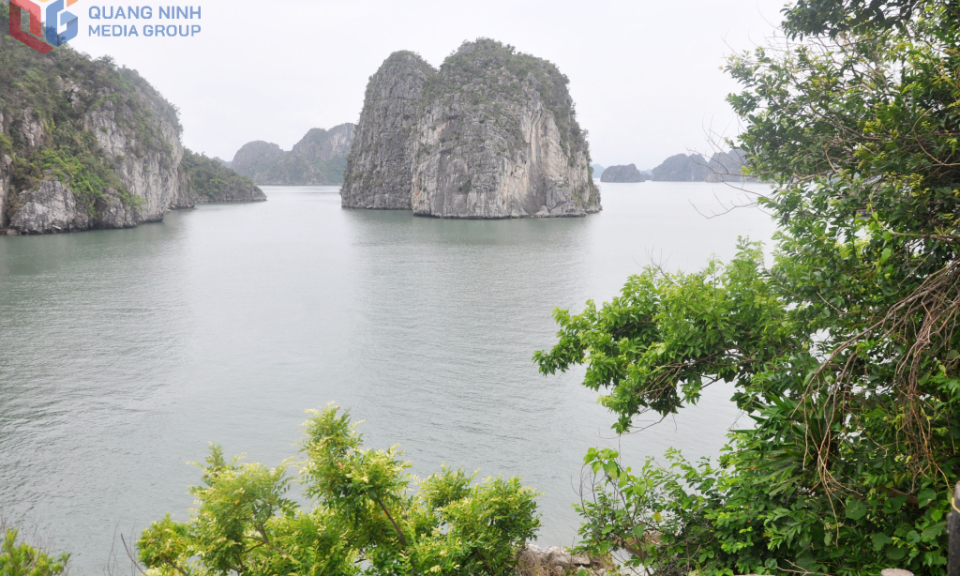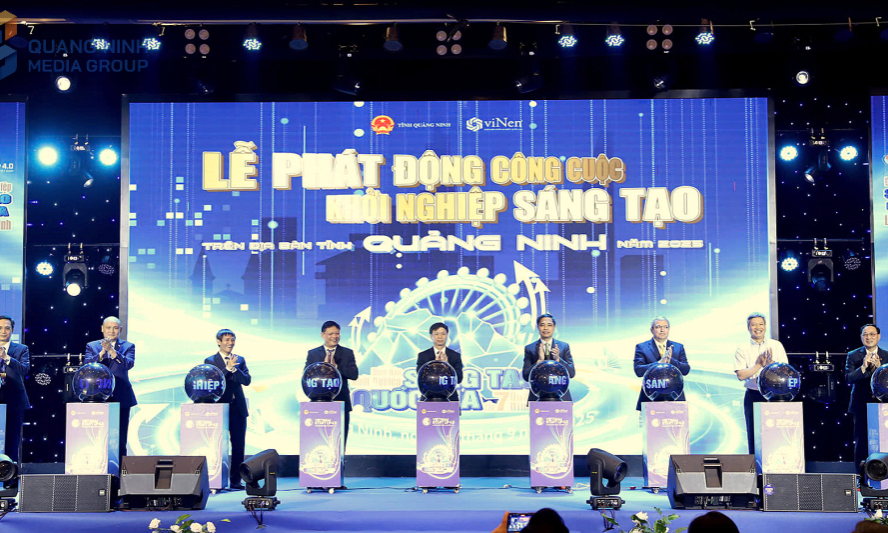Plan on inland container depot development approved
A plan on inland container depot development in Việt Nam for the 2021 - 2030 period, with a vision to 2050, has been approved.
The overall goal of the plan, signed off by Deputy Prime Minister Trần Hồng Hà, is to gradually form and develop a system of such facilities nationwide to meet the export and import transportation demand, improve the goods handling capacity of seaports, and reasonably organise container transportation, thus cutting transportation costs, reducing the goods storage duration at seaports, and ensuring goods safety.
The plan is also meant to help ease traffic congestion and protect the environment, especially in big cities and the areas housing major seaports.
Under the plan, inland container depots will be developed into centres of goods transportation, transit and distribution along with logistics services.
Among the concrete targets for 2030, the depot system will have a total capacity of 11.9 - 17.1 million twenty-foot equivalent units (TEUs) per year and be capable of handling about 25 - 35 per cent of the demand for container goods export and import shipment along transport corridors.
The depots and depot clusters in the northern region will have a combined annual capacity of 4.29 - 6.2 million TEUs, the central and Central Highlands regions 0.9 - 1.4 million TEUs, and the southern region 6.8 - 9.5 million TEUs.
By 2050, the depots nationwide are expected to be capable of handling 30 - 35 per cent of the demand for container goods export and import shipment along transport corridors, and meet logistics demand in localities.
Priority will also be given to the development of some depots on the transport corridors connecting with major seaports in the north (such as Hải Phòng seaport) and the south (such as the seaports of Hồ Chí Minh City and Bà Rịa - Vũng Tàu).
About VNĐ24.7 - 42.38 trillion (US$1.03 - 1.8 billion) is needed to develop the inland container depot system by 2030, according to the plan which also outlines some solutions in terms of mechanisms, policies, capital mobilisation, international cooperation, science - technology, environment, and human resources for implementation.






